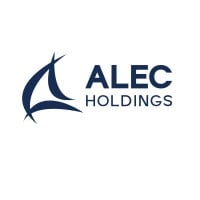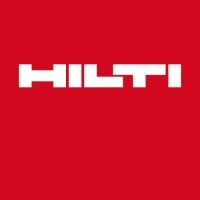
ALEC Holdings
ALEC Holdings, part of the Investment Corporate of Dubai (ICD), is a leading construction and related businesses group operating in the UAE and KSA. The company builds and provides construction solutions that set industry benchmarks for quality, safety, functionality, and aesthetics. ALEC Holdings offers its clients complete turnkey solutions in construction, MEP, fit-out, marine, oil & gas, modular construction, energy efficiency and solar projects, heavy equipment rental, technology systems, data centers and asset maintenance. With these capabilities, the company successfully serves a diverse range of sectors including airports, retail, hotels & resorts, high-rise buildings, and themed projects.






